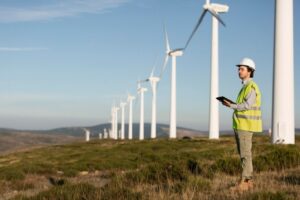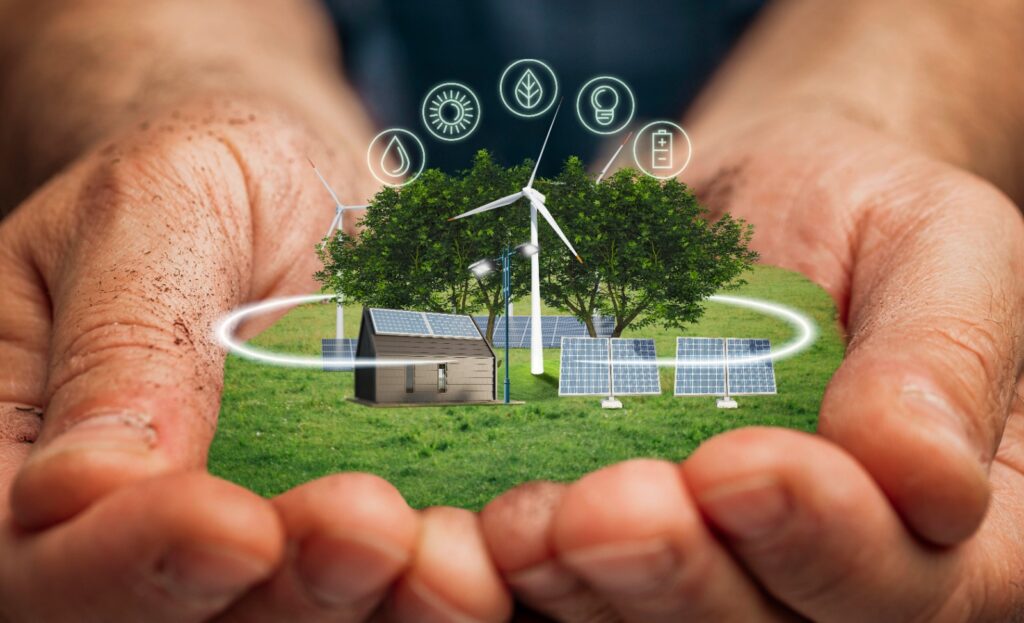As the world’s water crisis and the effects of climate change continue to intensify, the concept of atmospheric water generation (AWG) is gaining popularity. In areas where access to clean water is limited or nonexistent, AWG is a great alternative. The major effects of climate change can be mitigated to a large extent by the use of solar energy for water harvesting from the air.
Achievements of AWG

AWG technique can only be truly effective if 100% renewable energy is used. Large-scale solar AWG for desert re-vegetation and agriculture is one of the most transformative uses. This technology has wide-ranging uses in the military, disaster-stricken places on oil rigs at sea, and everywhere else water is scarce, regardless of the local economy.
AWGs can be made more environmentally friendly by using energy from sources such as:
Solar Energy:
Energy from the sun can be harnessed by solar panels and utilised to power AWGs.
Wind Energy:
AWGs can be powered by electricity generated by wind turbines.
Energy from Waterfalls:
Hydroelectric generators can be turned by water in rivers or streams providing power for AWGs.
Energy from Biomass:
Biomass power stations can run AWGs by burning wood or agricultural waste to produce electricity.
Volcanic Energy:
Continuous power for AWGs can be obtained from the Earth’s heat via geothermal energy generation.
Alternative Power Sources:
Power from renewable sources can be stored in AWGs and later used even in off-grid locations. Using renewable energy to power AWGs can lessen their negative effects on the environment and ensure their long-term viability as a water supply.


